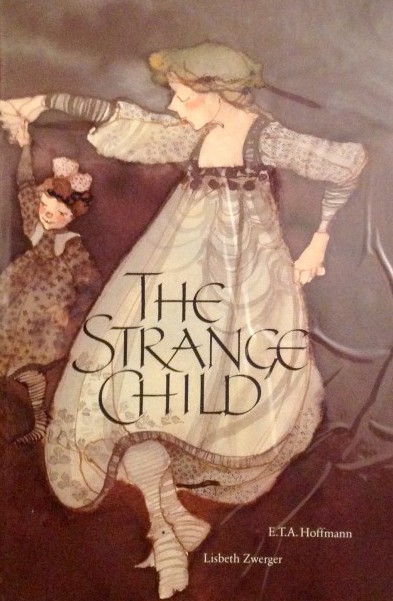Inspiring Young Readers
 posted on 13 Dec 2016
posted on 13 Dec 2016
Lisbeth Zwerger
Lisbeth Zwerger trained in Vienna in the 1970s and is now widely regarded as one of the finest contemporary illustrators. Her work has won many awards although apparently it was frequently criticised as being out of tune with the fashion of the time because her artistic style was considered ‘too traditional.’ She explains that she was very disheartened until she discovered and was inspired by Arthur Rackham and Edmund Dulac, realising that she was trying to achieve a similar old fashioned and decorative effect in her own work. She often illustrates fairy tales and classical stories and has to date produced over thirty beautiful books, predominantly using watercolour but more recently using mixed media.

In a recent interview with Julie Danielson for ‘Kirkus’ she reveals that:
‘Fairy tales or imaginary tales by poets/writers appeal to me much more than traditional/collected tales. The reason for this preference is the literary language. It's not just the content, but it´s actually the specific language that draws me into a story’.
Her characters have an ethereal, dreamlike quality with their often elongated bodies, which are for me rather reminiscent of the classical Spanish painter, Zurbaran. There is little detail in the faces and the colours are always soft and delicate. The forward to ‘Wonderment’, an anthology published in 2014 which celebrates her work includes an accolade from fellow illustrator, Peter Sis:
‘Her shapes and her colors are magic and inspiring. And it is so fluid. Tells so much of a story which one can only imagine’.

I first came across her work when I was given a copy of the Wizard of Oz. I loved the cover illustration showing Dorothy being carried by the Tin Man and the Scarecrow through huge poppies, some in flower and some seedpods. The quietness of the design and restricted colour palette is distinctive and the way in which she interprets the well- known characters in an unconventional way immediately captivates. Whoever thought that the Scarecrow would be so rotund and why is he wearing a clown -like hat? Many of her illustrations use plenty of pale space to create an almost stage like effect. And who would not be terrified by the eyeless witch wearing a red hat and long black scarf as she fills the page pointing at her troupe of wolves.

She explains that:
‘My main concern was not to disappoint people who loved the characters from the movie. On the other hand, I had never seen the movie myself until after finishing the illustrations, so that made it all a lot easier. As an illustrator, I have more liberty than a movie director—or rather, the director of a musical’.

As in most of her picture books, there is a mixture of full page illustrations and smaller pictures peppered throughout the text. She often uses very odd perspectives and angles which present a refreshingly different emphasis for well- known stories like Alice in Wonderland. Her interpretation includes the cover picture which shows us a fragment of the tea party with a dark haired Alice dressed in a sombre outfit looking down into the bottom left hand corner. The Mad Hatter also looks downwards as if to avoid eye contact but the March Hare stares out at the reader with large yellow eyes. Looking closely at these illustrations I notice that Alice and the other characters continue to look away from the reader and are often portrayed in profile as if we are being relegated as privileged onlookers. Everything is quiet, still and understated including the caterpillar, unusually lacking his trademark hookah, is instead holding a cigarette and a glass of red wine.
Her blend of familiarly old fashioned folk tale environments with some modern touches makes her work immediately recognisable and distinctive. I have now collected most of her books and hope that she continues to publish many more.
Karen Argent
December 2016


